-
-
-
能登上布(のとじょうふ
Noto Jofu)
のとじょうふ
Noto Jofu
能登上布
石川県
上品な質感とシンプルなデザインが人気。
ハリのある、さらりとした肌触りが涼やかな能登上布。
上品な質感で、シンプル好みのデザインが多く、男性女性ともに人気です。
約2,000年前、第10代崇神天皇の皇女が能登の鹿西(ろくせい)町に滞在したときに「真麻の上布を作ること」を地元の人に教えたのが始まりといわれます。その後、江戸時代に近江(現在の滋賀県)から技術が伝わって発展し、昭和初期には麻織物では全国一の生産数を誇りましたがその後減少。現在では織元はたった一軒、石川県羽咋市の山崎麻織物工房のみとなりました。1960年に石川県の無形文化財に指定されています。
Noto Jofu
Ishikawa Prefecture
With only one workshop of weavers remaining,
the extremely rare Noto Jofu is a summer must for kimono wearers due to simple patterns and breezy texture.
Jofu refers to top-grade ramie fabric, ramie being a plant from the nettle family. Noto Jofu is considered one of Japan’s five major types of Jofu and it is renowned for its almost unbelievable lightness, and bouncy, breezy texture. It is a must for many kimono wearers as the summer in Japan is long and stifling, often reaching up to 40 degrees. As Noto Jofu is either plain or subtly patterned, it is popular among both men and women,
It is said that the making of Noto Jofu began around 2,000 years ago, when an imperial princess of the 10th Emperor Sujin stayed in Noto and taught the local people how to make fabric from the ramie. Later, the technique was re-introduced from Omi (present-day Shiga Prefecture) during the Edo period (1603-1867) and developed into what it is today. In the early Showa period (1926-1989), This area produced the most ramie fabric in Japan, but has since declined. In 1960 Noto Jofu was designated as an intangible cultural asset by the Ishikawa Prefecture.
この産地の作品
This Origin’s
Products
Products
この産地の
作品が含まれる
コーディネート
Coordinates
with
This Origin's
Product
作品が含まれる
コーディネート Coordinates
with
This Origin's
Product
この産地
に関する
読みもの
The Latest Articles
About This Origin of Production
に関する
読みもの The Latest Articles
About This Origin of Production
この産地
に関する
催事
The Latest Events
About This Origin of Production
に関する
催事 The Latest Events
About This Origin of Production
この産地
に関する
お知らせ
The Latest News
About This Origin of Production
に関する
お知らせ The Latest News
About This Origin of Production
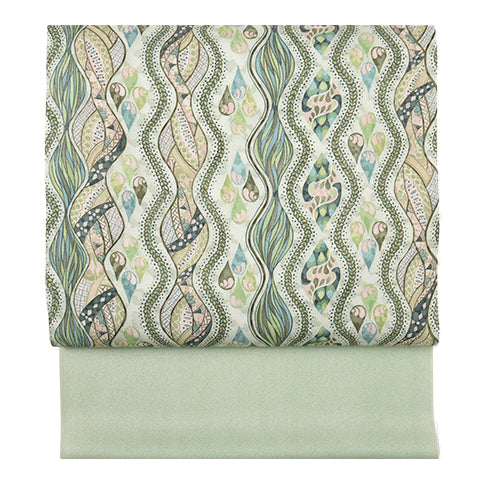 名古屋帯
名古屋帯
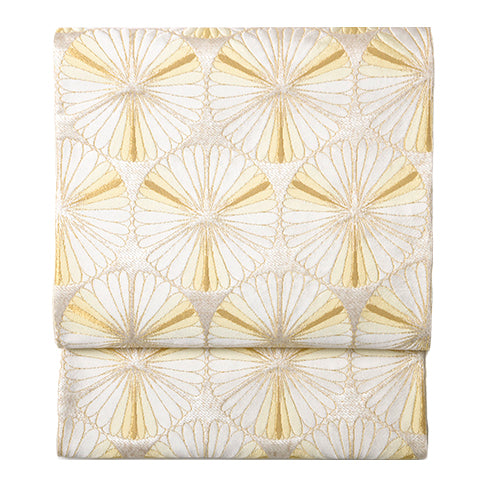 袋帯
袋帯
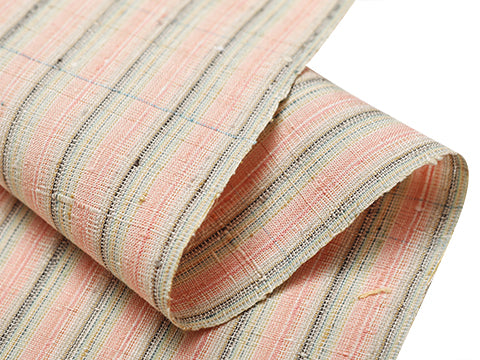 紬・綿・自然布
紬・綿・自然布
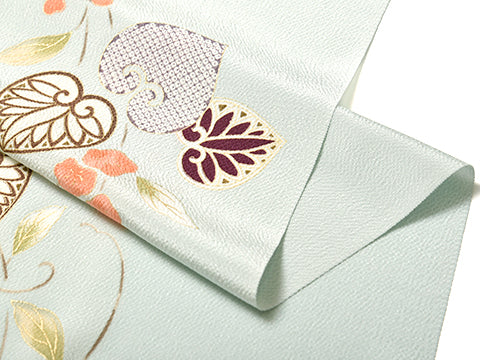 小紋・江戸小紋
小紋・江戸小紋
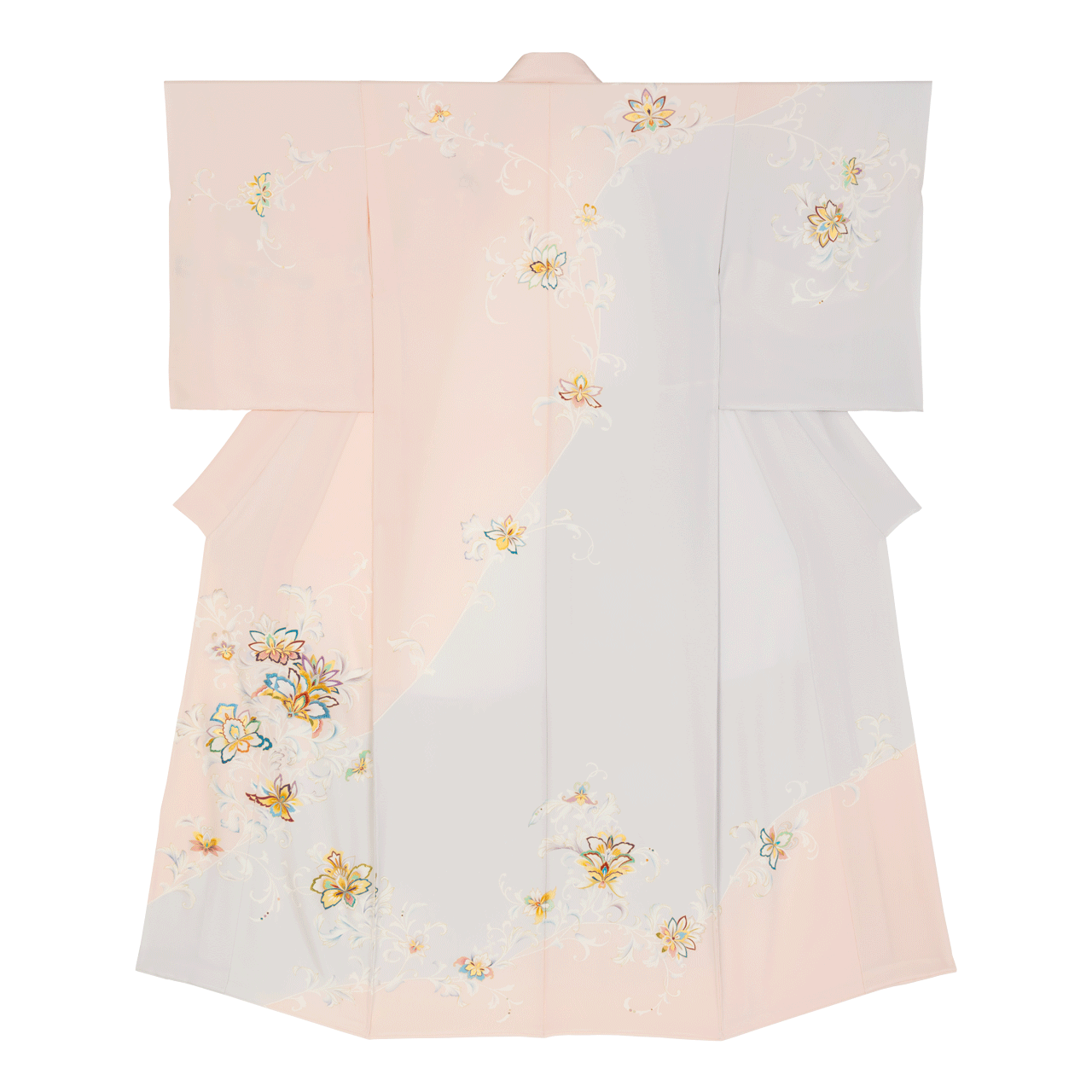 訪問着・付下げ・色無地ほか
訪問着・付下げ・色無地ほか
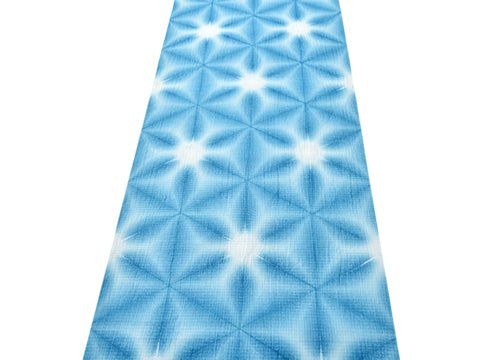 浴衣・半巾帯
浴衣・半巾帯
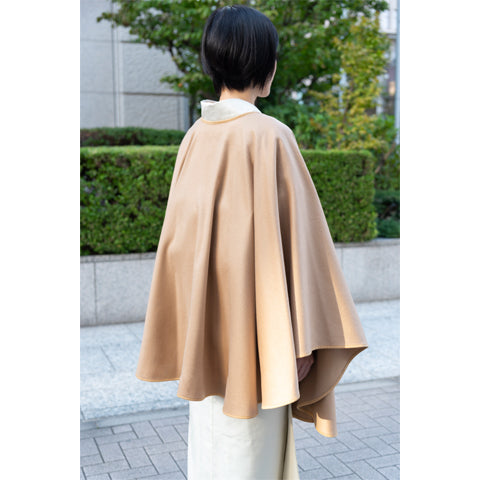 羽織・コート
羽織・コート
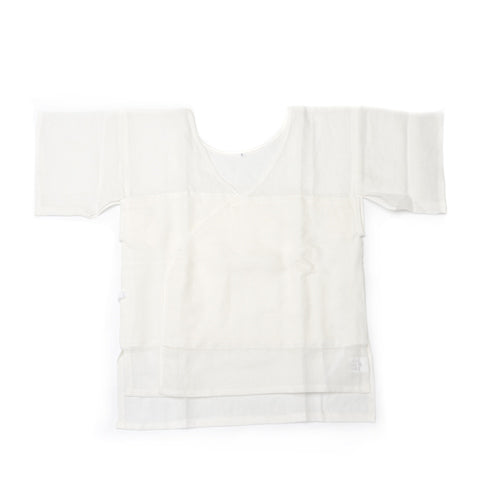 肌着
肌着
 小物
小物
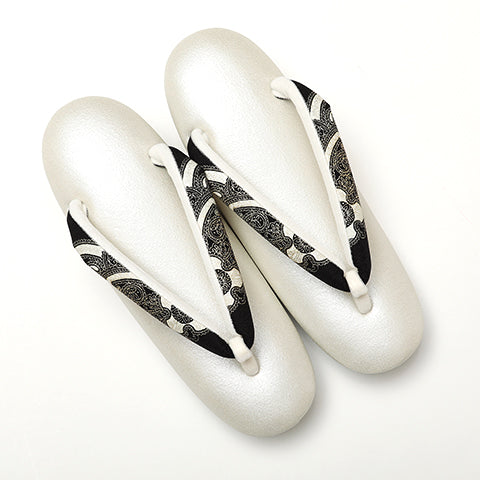 履物
履物
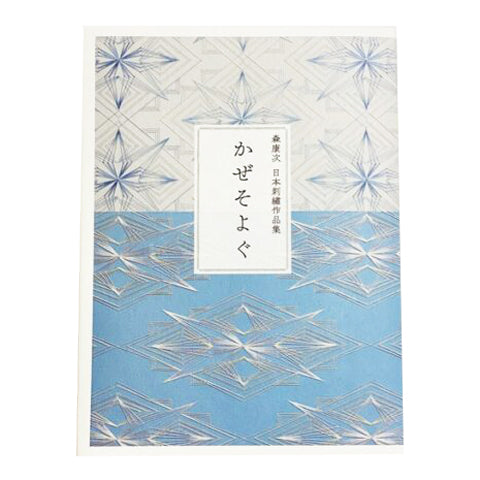 書籍
書籍
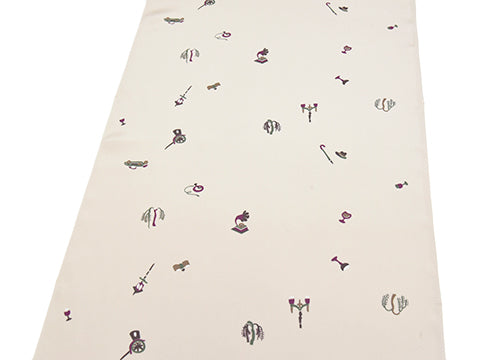 長襦袢
長襦袢
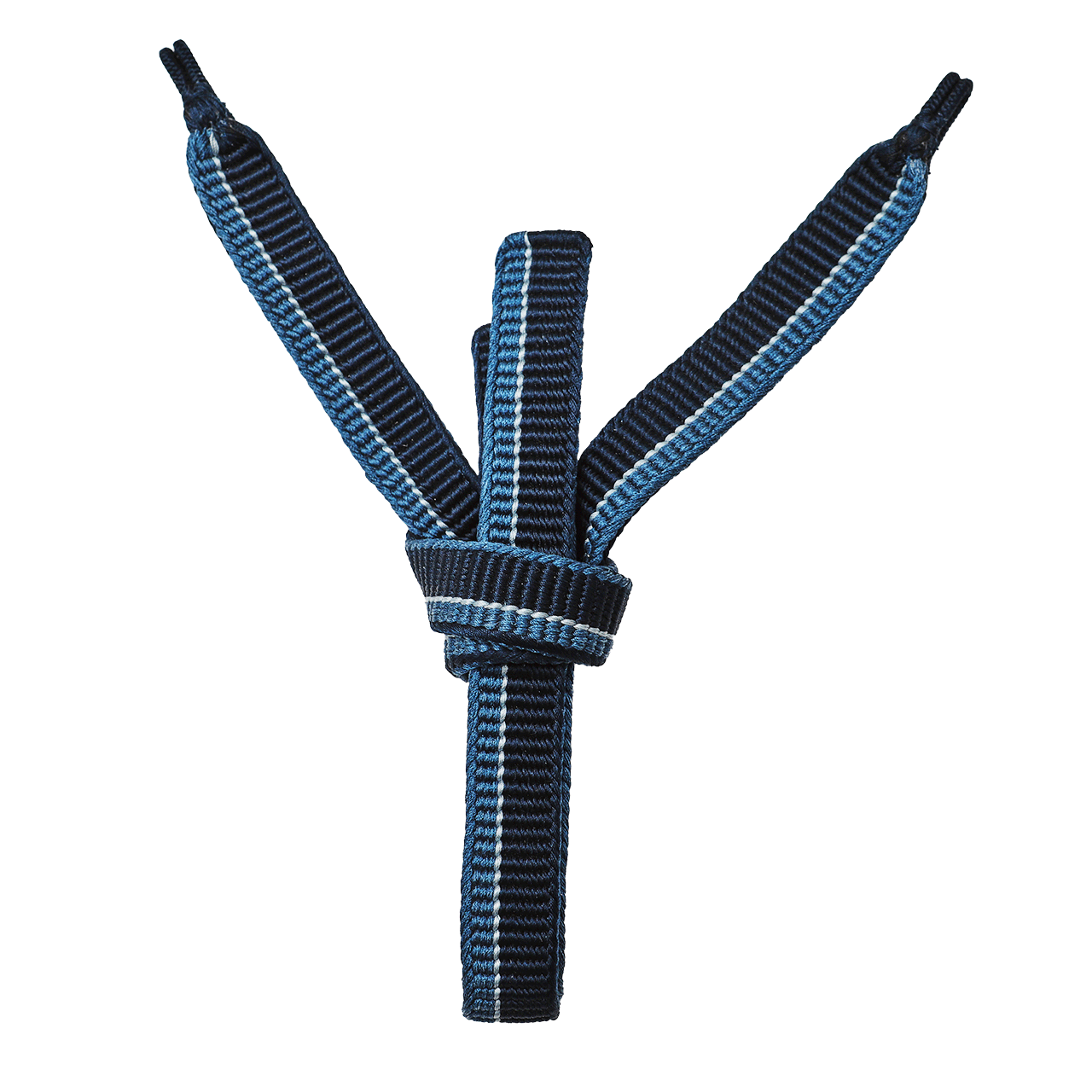 小物
小物
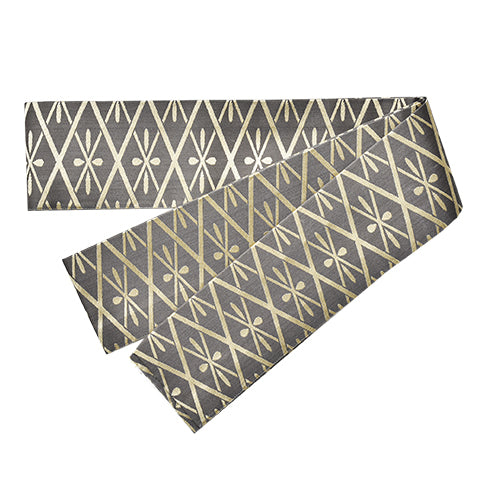 帯
帯
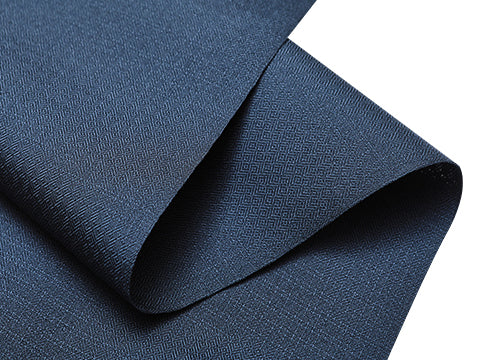 お召
お召
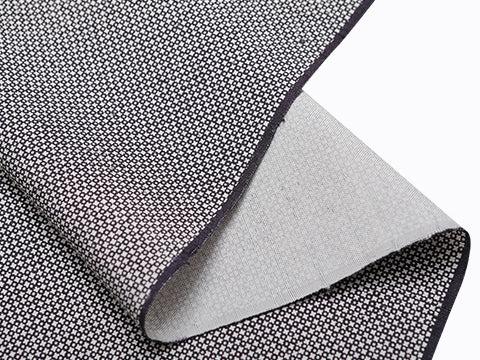 小紋・江戸小紋
小紋・江戸小紋
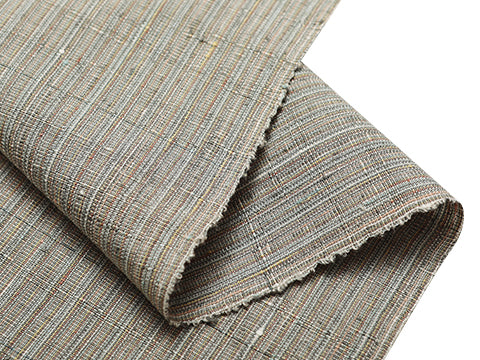 紬・綿・自然布
紬・綿・自然布
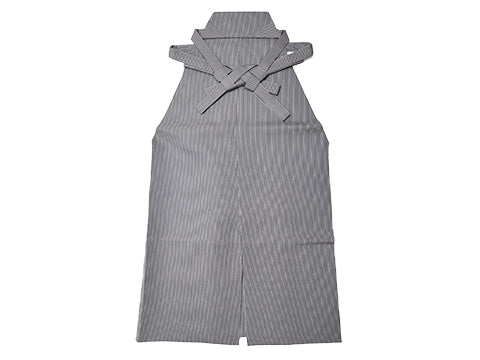 袴
袴
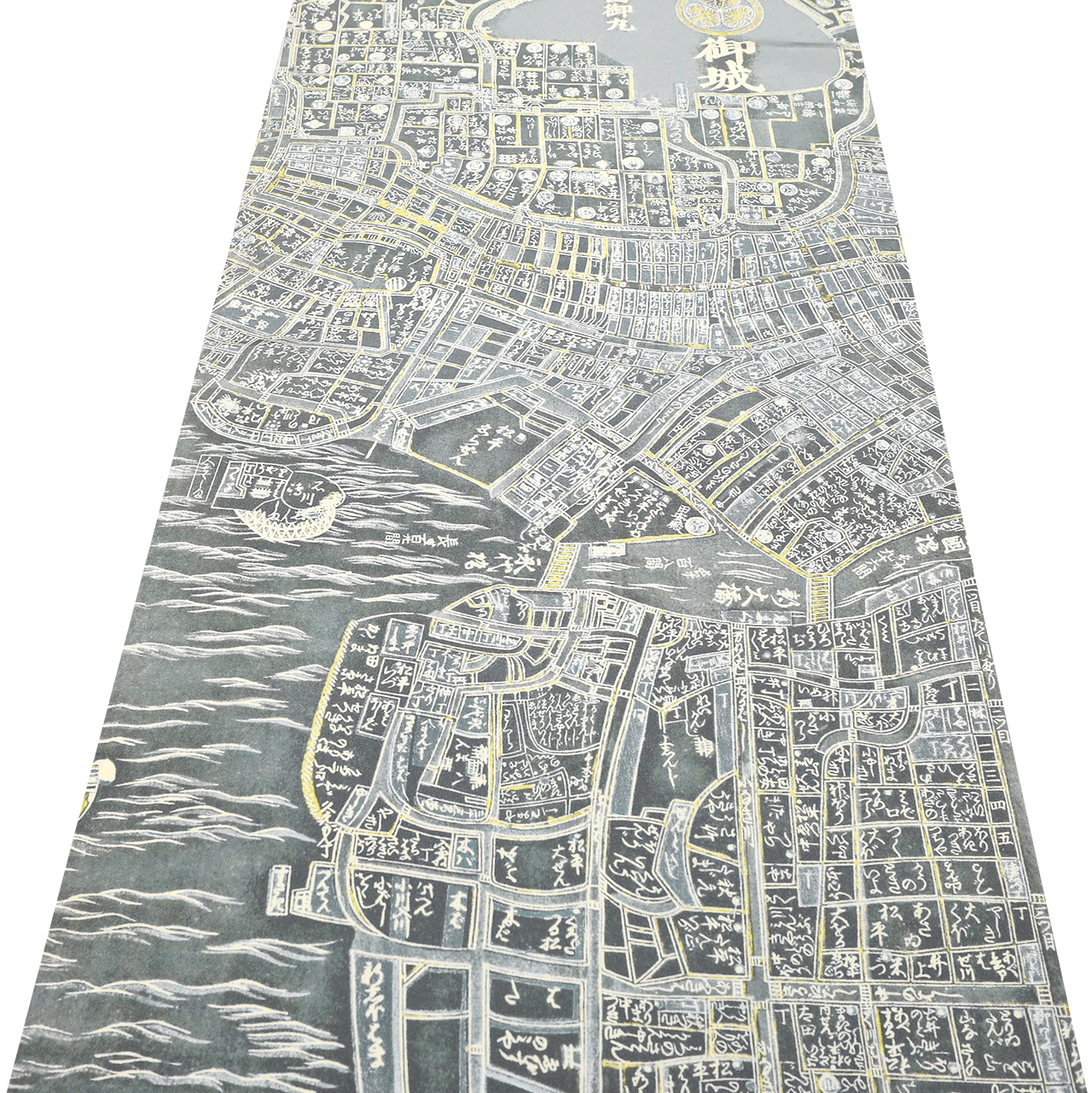 長襦袢
長襦袢
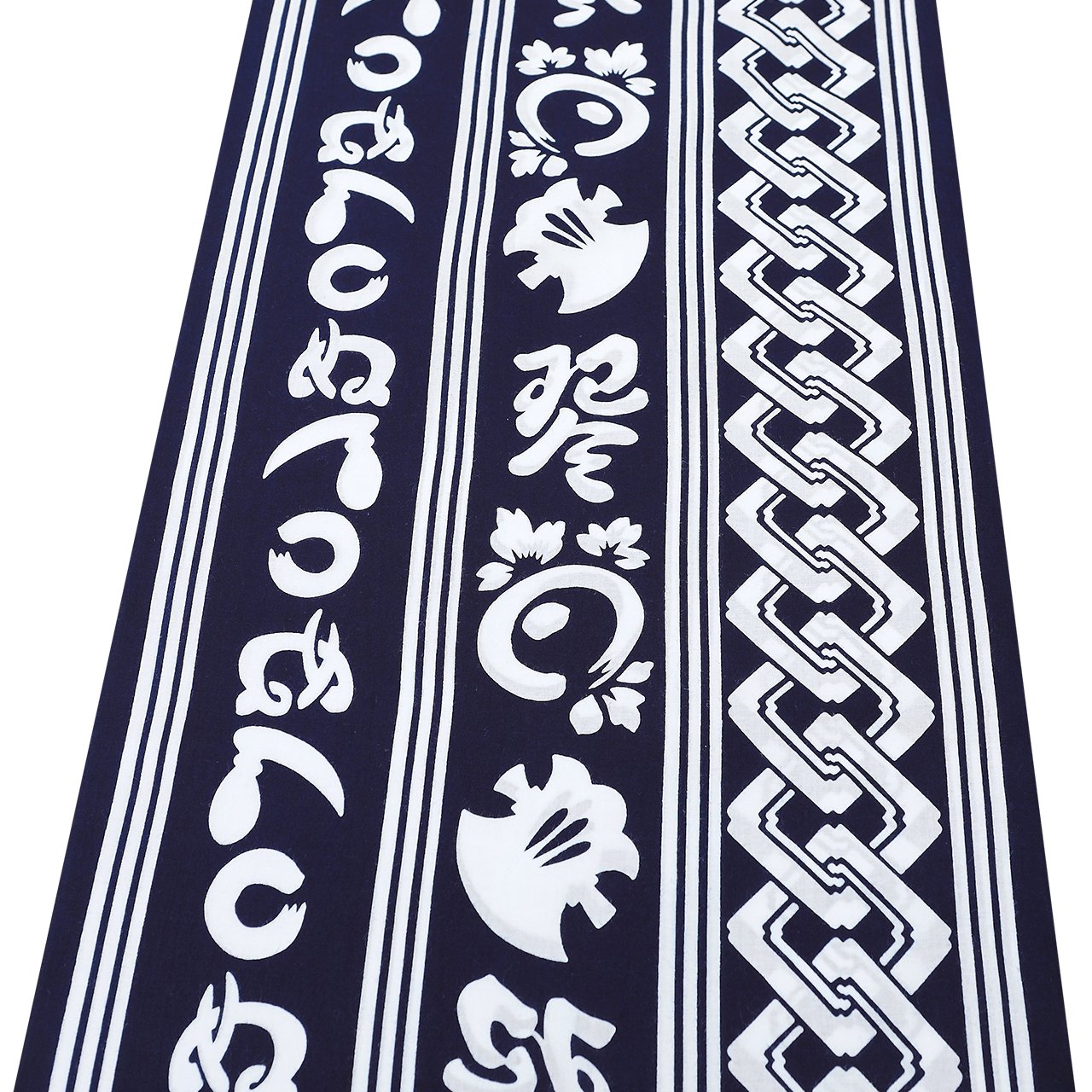 浴衣
浴衣
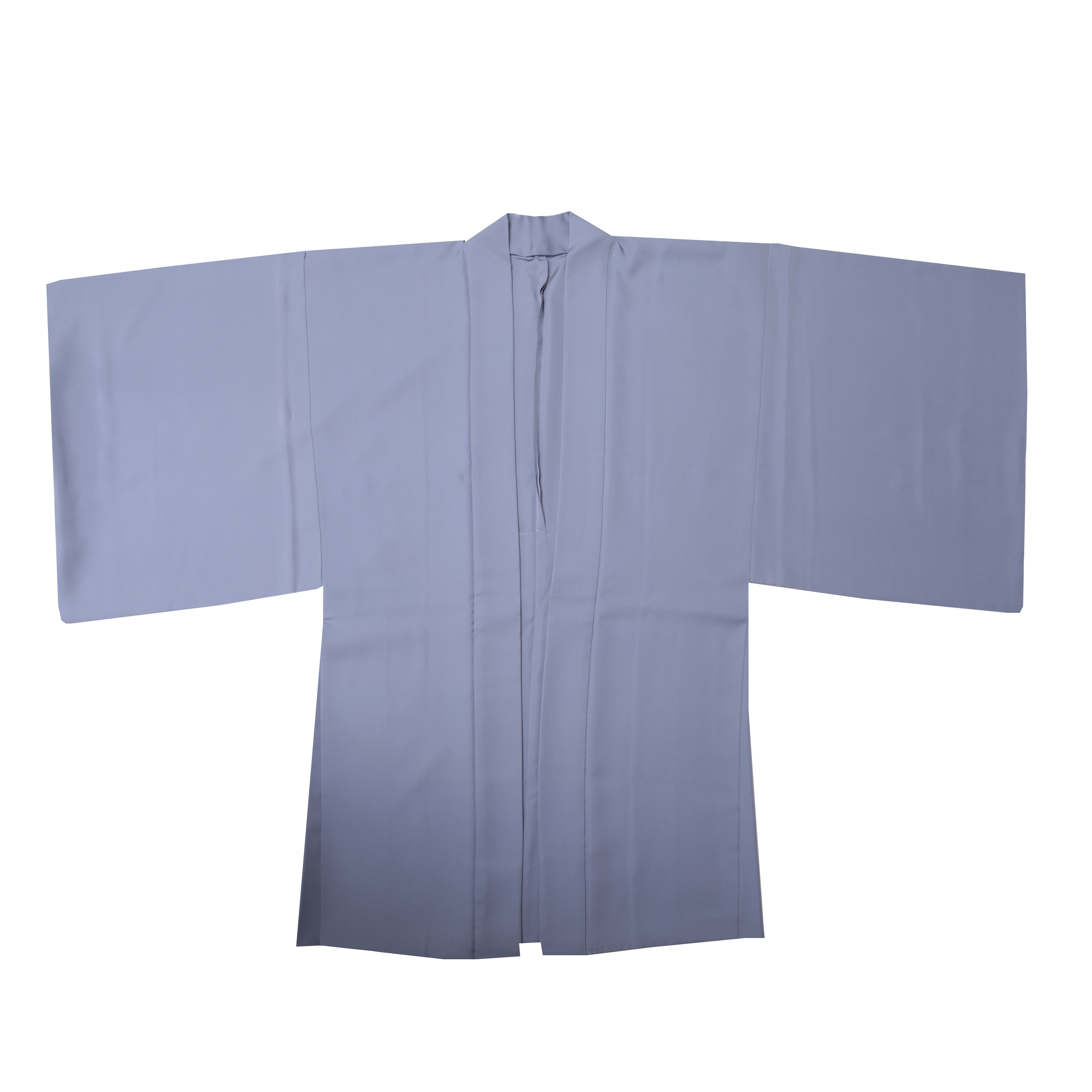 羽織・コート
羽織・コート
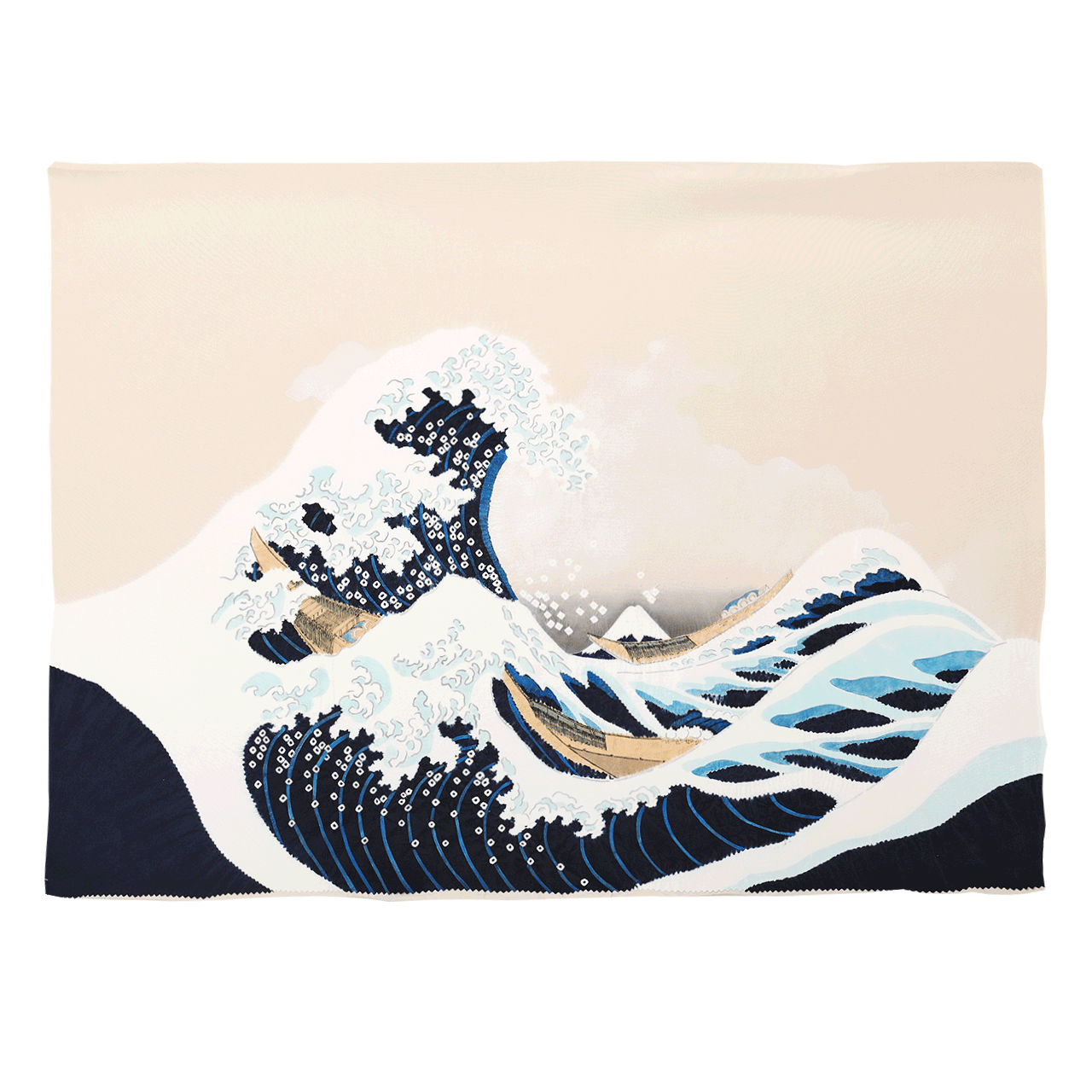 額裏
額裏
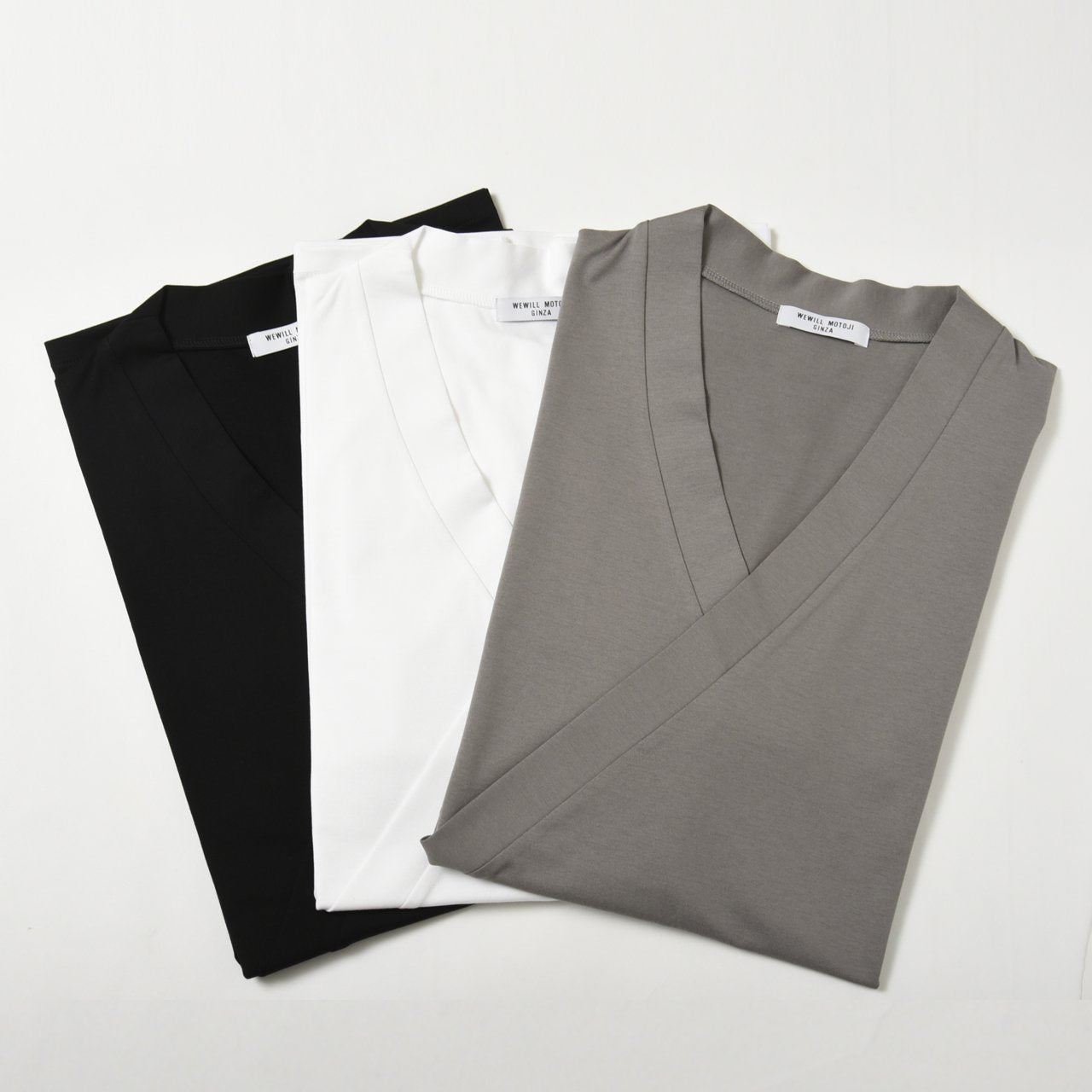 肌着
肌着
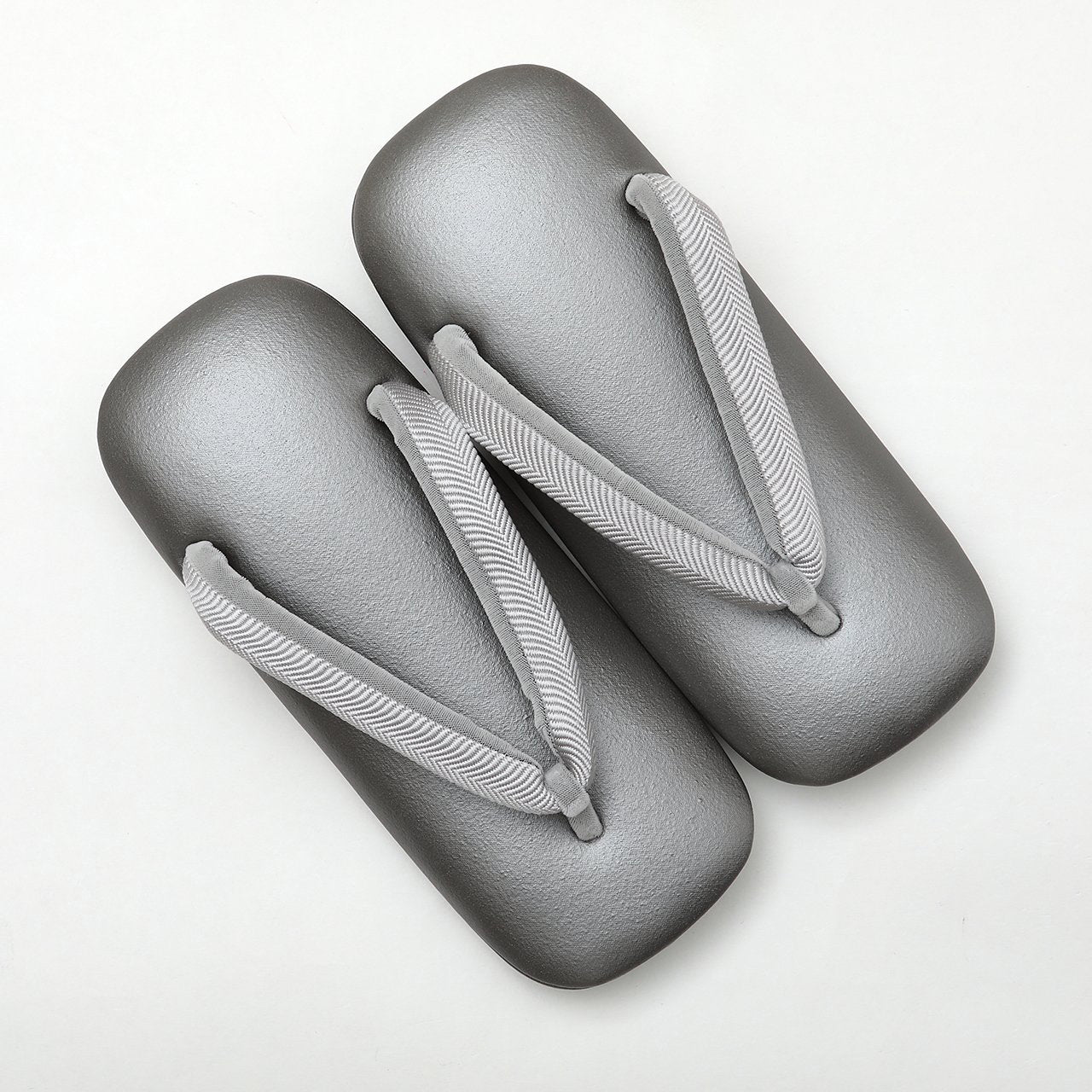 履物
履物
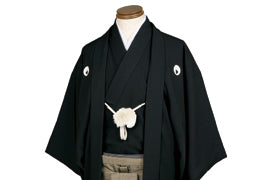 紋付
紋付
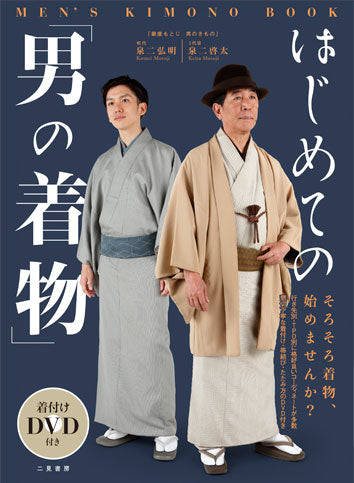 書籍
書籍